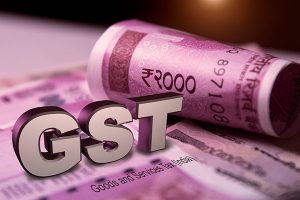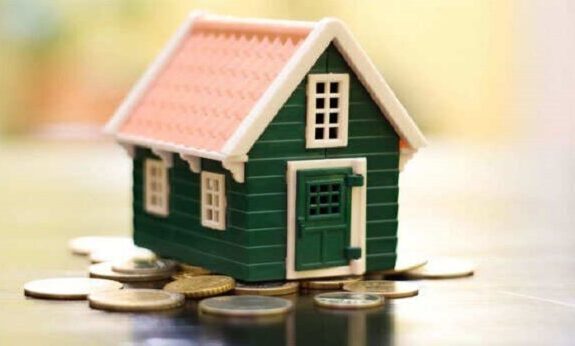GST enters Year 2 – Real Estate Still Flummoxed

By Anuj Puri, Chairman – ANAROCK Property Consultants
The landmark reform of Goods & Services Tax (GST) was, in many ways, the final bullet shot to the Indian real estate sector in July 2017. The industry was already reeling under the immediate impact of DeMo and RERA.
GST was touted to be a gamechanger for all sectors including real estate. It was largely anticipated that GST will provide a much-needed respite to homebuyers by way of reduced property prices. Unfortunately, with GST completing one year, it emerges that these expectations were unrealistic.
While the tax-on-tax has been eliminated with the advent of GST, the overall outgo from homebuyers’ pockets seems to have increased by as much as 8% across cities. This ultimately reduces the demand in real estate. Also, the higher tax rate on purchasing a home – an already staggering expense for most Indians – has kept many home buyers and investors off the market.
Let’s understand this better.
- In real time, the cost of raw materials under the GST regime underwent minor changes – cement, paints and plasters were taxed at 28%, and iron material at 18%. Building housing with high-quality materials has bumped up the overall cost, as most materials used in the construction process fall in the 28% tax category.
- Moreover, end-users have not received any consummate benefit of GST because of the inherent ineffectiveness of the anti-profiteering provisions. They will only benefit if the base property prices are reduced and developers pass on the tax credits to their customers, which unfortunately is not happening.
- Another problem with GST is that it was restricted to under-construction properties, while ready-to-move-in homes and land were exempted from it. This considerably reduced end-user demand for under-construction properties.
- Meanwhile, builders reduced the supply of the new housing projects. As per ANAROCK data, approximately 68,500 units were launched between January to May 2018 across the top 7 cities, which is 4% lower than the new launch figures for January-May 2017 (approximately 71,500 units).
Furthermore, despite the Government’s consistent efforts to promote affordable housing and fulfil its mission of ‘Housing for All by 2022,’ this critical segment is yet to see any significant positive impact of GST.
- Earlier this year, the Government extended the concessional rate of 12% GST for construction of houses under the Credit-Linked Subsidy Scheme (CLSS) in order to promote affordable housing, which was given infrastructure status in the 2017-18 Union Budget.
- While the effective GST rate came down to 8% post deduction of one-third of the amount the property incurs towards land costs, it did little to impact the overall absorption of homes in this segment.
- Moreover, back in 2015 under the PMAY scheme, the Government set a target of building 5 crore homes in less than a decade. However, as per data, India has added only 180,877 homes under the scheme since its launch, underscoring the challenge in achieving this ambitious target.
Thus, notwithstanding all efforts, the ‘real’ impact of GST is yet to be seen in the realty sector. Also, it is imperative that the Government engages with all stakeholders to address their concerns and work in harmony with them to bring in more clarity about GST for the sector and buyers alike.



















































































